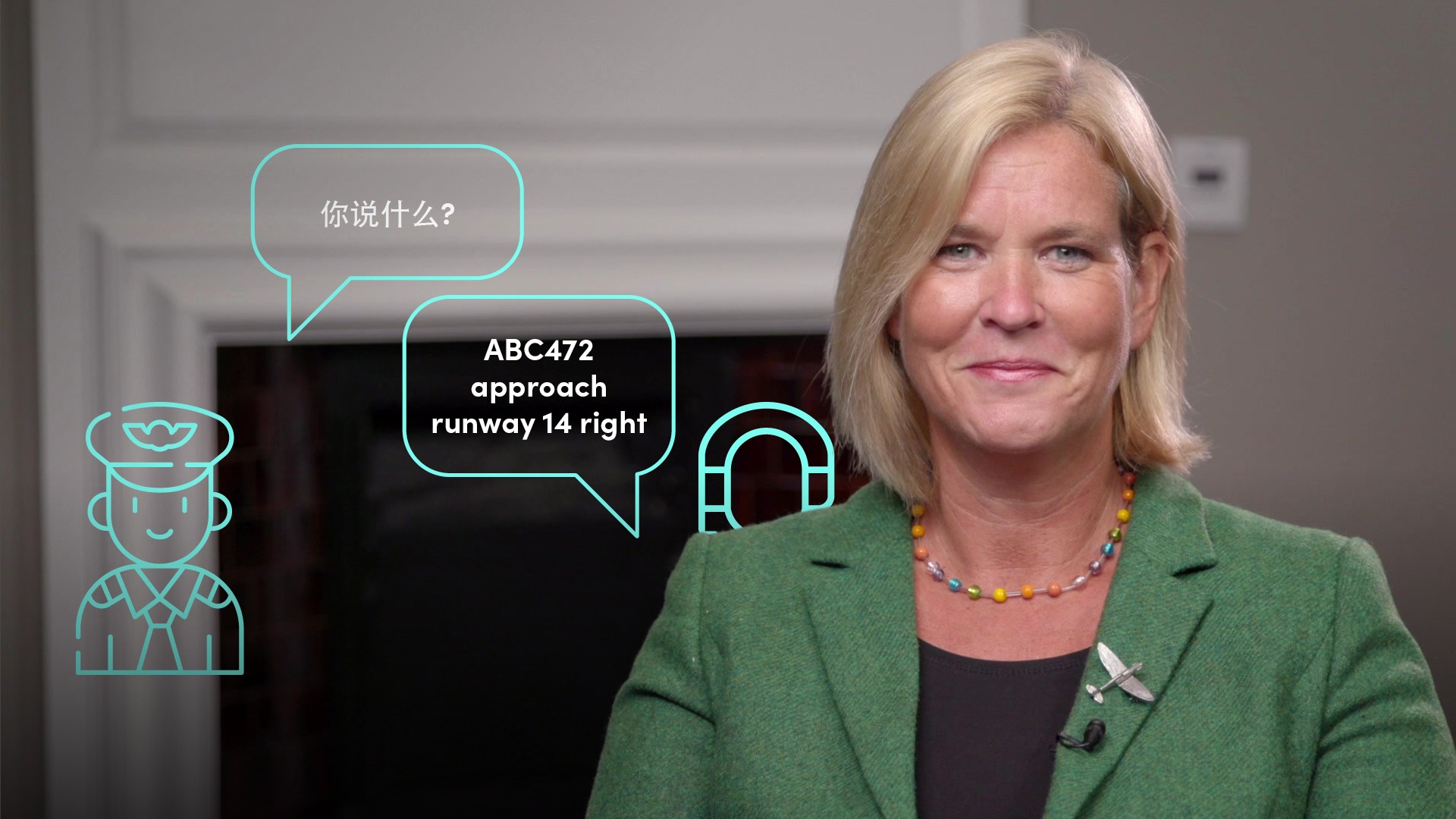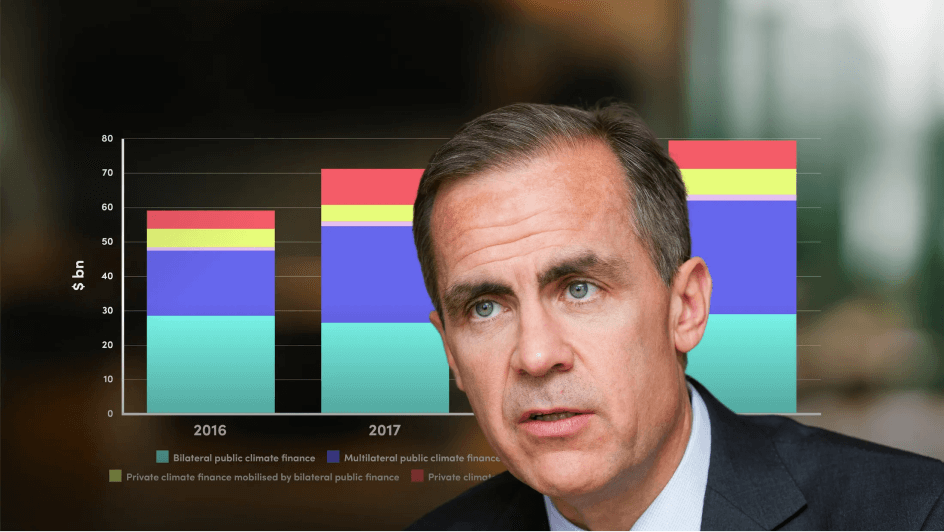
Managing Threats

Mandy Hickson
25 years: Ex-RAF pilot & leadership expert
Threats can be defined as any situation, event, or circumstance that occurs outside of your influence and which may affect the safety of an operation. Mandy discusses the different ways to avoid, trap and mitigate these threats.
Threats can be defined as any situation, event, or circumstance that occurs outside of your influence and which may affect the safety of an operation. Mandy discusses the different ways to avoid, trap and mitigate these threats.
Subscribe to watch
Access this and all of the content on our platform by signing up for a 7-day free trial.

Managing Threats
11 mins 31 secs
Key learning objectives:
Determine the root causes of the majority of workplace accidents
Understand the best way to manage a threat
Identify the two different types of threats
Overview:
All large organisations conduct regular threat analysis. But how many had a worldwide pandemic in their top 3 threats? Some threats can’t be completely avoided but they can be mitigated with the right plans in place.
Subscribe to watch
Access this and all of the content on our platform by signing up for a 7-day free trial.
What are the two different types of threats?
- Observable Threats - For example in aviation, a strong crosswind
- Latent Threats - Factors residing in the system, organisation or individual that increase risk & are not directly observable in operations
What are the causes of most accidents in organisations?
Most accidents can be traced to one or more of four failure domains:
- Organisational influences
- Supervision
- Preconditions
- Specific acts
For example, in aviation, preconditions for unsafe acts include fatigued air crew or improper communications practices. Unsafe supervision encompasses for example, pairing inexperienced pilots on a night flight into known adverse weather. Organisational influences encompass such things as reduction in expenditure on pilot training in times of financial austerity.
What is the best way to manage a threat?
The best way to manage threats in any environment is to “Avoid, trap and mitigate” the threats. To avoid the threat it's all about Prevention and preparation. Plan for the worst case scenario. Have an action plan to minimise risk. Prepare for a crisis. Have in place a reputation monitoring system to identify emerging threats.
Subscribe to watch
Access this and all of the content on our platform by signing up for a 7-day free trial.

Mandy Hickson
There are no available Videos from "Mandy Hickson"





























